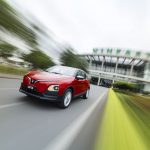On August 20, 2024, Suzuki officially introduced the new version of the XL7 in the Vietnamese market with not many new improvements, including the most prominent mild hybrid engine. Notably, this engine was previously used on the Suzuki Ertiga hybrid, which was discontinued by the company due to low sales, as Vietnamese consumers did not favor it. This has raised some notions that the new mild hybrid is just a “new bottle old wine” trick, and the question of whether the XL7 hybrid will fall into the same pit as the Ertiga hybrid.
To find the answer to this issue, we had a conversation with journalist Nguyen Thuc Hoang Linh, an expert in the field of electric vehicles and new energy vehicles.

Journalist Nguyen Thuc Hoang Linh, an expert in the field of electric vehicles and new energy vehicles.
Hello, journalist Hoang Linh. Recently, many people have the notion that Mild-hybrid, in general, and the newly launched Suzuki XL7, in particular, are just a “new bottle old wine” trick. What do you think about this?
If it were just a gimmick, why would companies from simple, practical, and affordable like Suzuki to advanced, luxurious, and modern like Mercedes-Benz be so interested and bold in applying this technology? In fact, all “three-pointed star” vehicles sold are MHEVs.
The concepts of “Full-hybrid” (HEV) and “Mild-hybrid” (MHEV) emerged in the early 2000s when only Toyota and Honda were interested in automotive electrification. Both involved using an electric motor (with a battery) to assist the internal combustion engine (mainly gasoline), addressing its weaknesses and enhancing its strengths.
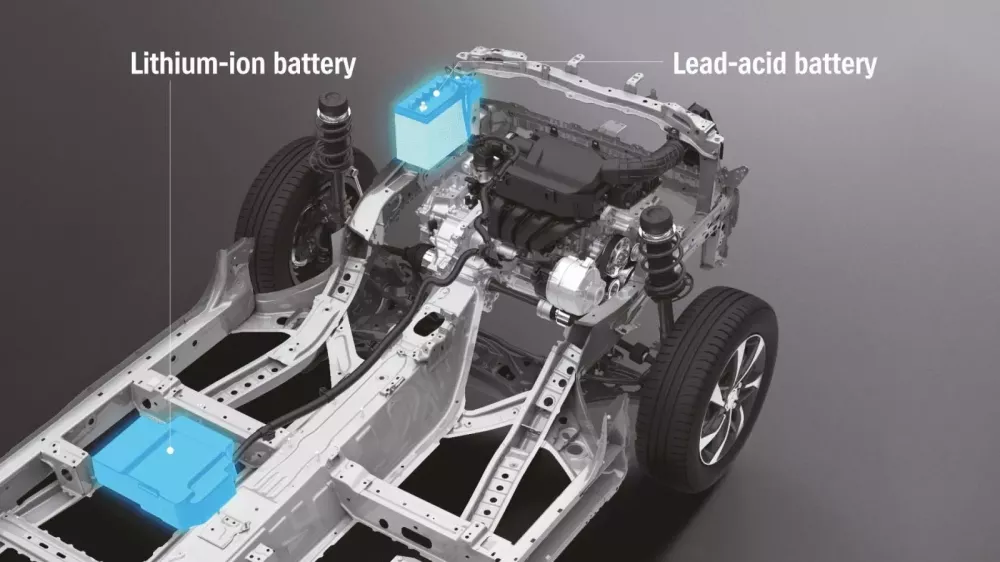
Suzuki XL7 is equipped with the Smart Hybrid Vehicle by Suzuki (SHVS) system, combining a gasoline engine with an integrated starter generator (ISG) and a lithium-ion battery, a type of mild hybrid.
The most significant difference is that while HEVs can run purely on electricity for short distances, MHEVs cannot do this (except for a few companies that try to do so for marketing purposes or to meet regulations in certain markets). However, over time, recognizing the unique benefits of each configuration, manufacturers have optimized their products into distinct branches. Although they are HEVs or MHEVs, the size of the motor, its placement, integration, accompanying components, battery type, software programming, etc., differ, resulting in vehicles with unique characteristics. To understand these “variants,” more time and in-depth research are undoubtedly necessary.
So, in your opinion, what are the advantages of Mild hybrid (MHEV)?
If we consider HEV a “hybrid” between a pure electric vehicle (BEV) and a traditional gasoline-powered car (ICE), we can view MHEV as a similar intermediate option. It offers the benefits of electrification without causing users too much concern about the “new factor” that may cause trouble or risk to the vehicle. Driving an MHEV is still similar to driving a gasoline car, ensuring familiarity and comfort.
Compared to a pure ICE vehicle with the same powertrain configuration, the enhanced presence of the electric motor in the MHEV improves acceleration, supports the Start-Stop function more smoothly, and significantly reduces fuel consumption and emissions.
Not to mention, MHEVs only use a small electric motor and lithium-ion battery, which means lower costs than HEVs, and maintenance expenses are not much different from traditional ICE vehicles.
To help you visualize, it’s like having a great DAC AMP in audio equipment, refining the dynamics from the engine down to the wheels, making the driving experience smoother and of higher quality. If you belong to the group that complains about the low number of transmission grades affecting smooth acceleration, why reject Mild-hybrid – a technology that will “fix that exact issue”? And if you think HEVs are too expensive, why not consider MHEVs, which are more affordable and have similar maintenance costs to ICE vehicles?
However, it is also necessary to acknowledge that the inability to run purely on electricity means MHEVs still emit pollutants (exhaust fumes) instead of having an “EV Mode” for short, clean distances when driving into your garage, for example.
So, in your opinion, should one buy an MHEV?
Of course, because MHEV is an effective upgrade for vehicles using a pure internal combustion engine (ICE). Upgrading from XL7 to XL7 Hybrid or from GLC X253 to X254 are both worthwhile investments. This is the right perspective on MHEV, rather than constantly comparing it to HEV to find faults.
Specifically about the new Suzuki XL7 hybrid, do you think it is a better and more advantageous version for consumers?
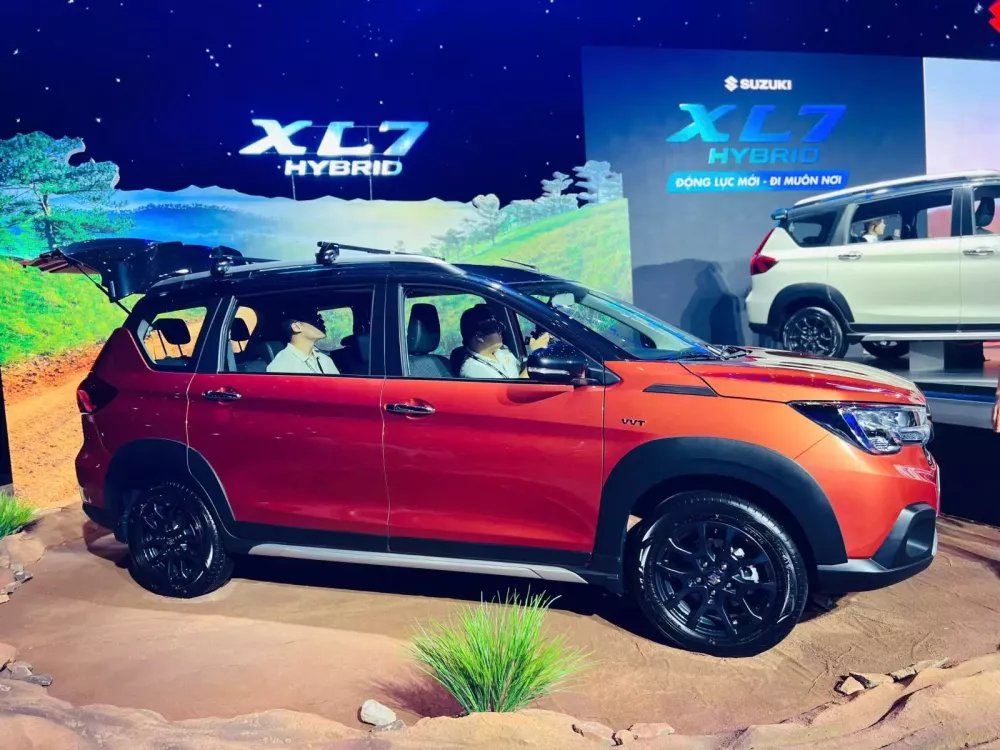
With no change in price, the “mild hybrid” is undoubtedly a welcome option for the new XL7. The benefits brought by the electric motor itself are also valuable improvements compared to the somewhat underpowered engine and the low-grade transmission of this vehicle line. Passenger transportation, whether for family or professional purposes, will become more comfortable and enjoyable.
Due to its design characteristics, mild hybrid does not require any additional costs, and the battery is warranted for eight years, which is an ideal vehicle lifespan. Overall, this is a reasonable step forward for the XL7, considering that the vehicle cannot have any breakthrough upgrades in design or technology at this point.
With so many benefits, can mild hybrid be considered an advantage for the XL7 compared to its competitors in the same segment, such as the Toyota Veloz or Mitsubishi Xpander, which have the upper hand in design and equipment?
As I mentioned earlier, mild hybrid is indeed a welcome option for the new XL7. However, whether it becomes a competitive advantage is still uncertain. XL7’s direct competitors have more apparent advantages, such as designs that cater to domestic consumer tastes and richer features. In contrast, the benefits of mild hybrid are more subtle and can only be truly appreciated through the ownership and driving experience.
What’s essential for consumers is to understand their needs and preferences before purchasing a vehicle to ensure satisfaction in their choice and subsequent ownership experience.
Thank you, journalist Hoang Linh, for this insightful conversation.





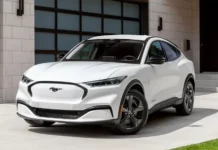

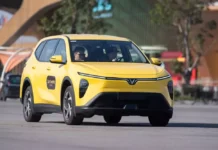
















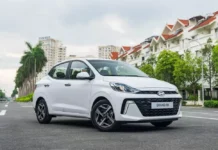


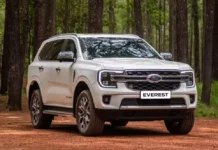

![[Quick Review] Hyundai IONIQ 5 – A Vehicle from the Future](https://vnauto.net/wp-content/uploads/2023/10/xehay-hyundaiioniq5-18052022-2-150x150.jpg)

